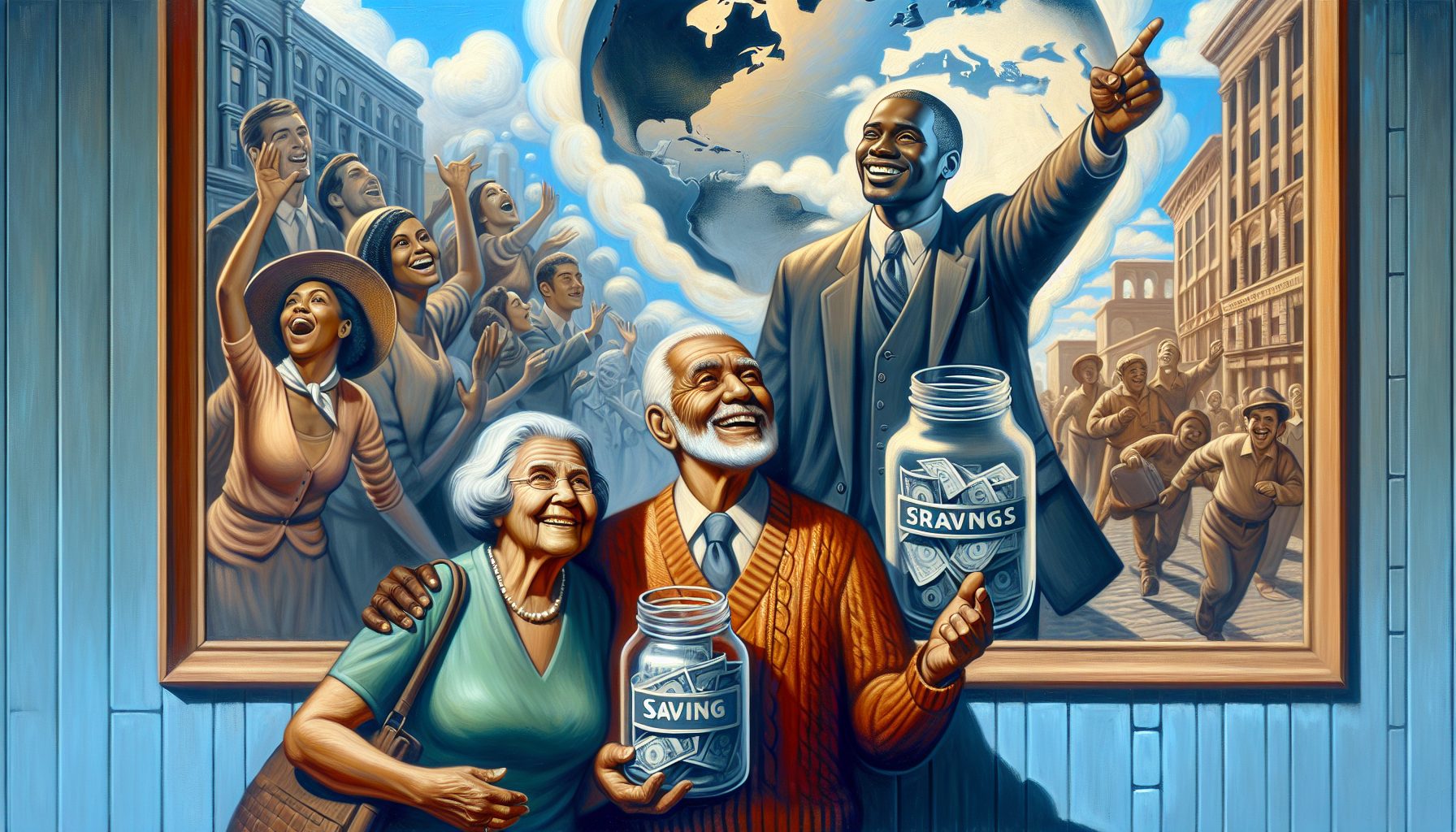In the aviation sector, accuracy meets the unpredictable nature of weather, resulting in a perpetual war with the elements. Turbulence, storms, and unpredictable climatic events have long caused delays, reroutes, and, on occasion, compromised safety. However, as we approach a technological renaissance, AI emerges as a transformative force, ready to reshape our approach to weather forecasting. This marriage of technology and meteorology promises to reduce the unexpected influence of weather, improve operational efficiency, and take the passenger experience to new heights.
AI-driven forecasting is paving the way for safer, more dependable air travel by harnessing massive data sets and powerful algorithms. This voyage into the core of AI’s use in weather prediction reveals the potential to reverse the tide in aviation’s long-running war with the weather, ushering in a future in which aircraft are less dependent on the skies above.
The Need for Advanced Weather Prediction in Aviation
Navigating the sky has always been dependent on the weather. With its complicated logistics and safety regulations, the aviation sector is especially exposed to the effects of the weather. Weather-related disruptions endanger lives and impose significant financial costs through delays, cancellations, and rerouting.
The Federal Aviation Administration (FAA) estimates that weather accounts for over 70% of all flight delays, resulting in major expenses for airlines and, by extension, the flying public.
The unpredictability of weather impacts every facet of aviation operations, from flight planning to fuel management and passenger satisfaction. Traditional weather prediction methods, while invaluable, often fall short in providing the granular, real-time data necessary for making informed decisions in the fast-paced world of air travel. This gap in capability underscores the critical need for advancements in weather forecasting—a need that Artificial Intelligence is increasingly poised to fill.
AI-powered weather prediction significantly improves our capacity to foresee and react to atmospheric changes. By analyzing massive datasets from a variety of sources, including satellite images, radar data, and, increasingly, Internet of Things (IoT) sensors, AI systems can find trends and predict weather occurrences with previously unknown precision. For airlines, this implies the capacity to make proactive decisions that cut delays, save fuel, and, most critically, improve safety. Integrating AI into weather forecasting ushers in a new age in aviation, one in which aircraft are less likely to be at the whim of the weather and more predictable and controllable.
AI in Weather Forecasting
The advent of AI in weather forecasting marks a pivotal shift in the aviation industry’s approach to managing weather challenges. Traditional forecasting methods, reliant on historical data and manual analysis, have paved the way for a new era of AI-powered precision and efficiency. This leap in technological capability is not just an enhancement of existing models; it’s a complete overhaul that promises to redefine operational strategies across the globe.
At the heart of this transformation is the ability of AI to process and analyze data at a scale and speed unattainable by human capabilities alone. Machine learning algorithms, a subset of AI, can digest billions of data points from diverse sources — satellites, radar, aircraft sensors, and weather stations — to accurately forecast weather patterns. These algorithms are not static; they continuously learn and improve from each data input, refining their predictions.
This real-time, dynamic learning capability is critical in the fast-paced aviation industry. For example, AI can forecast the onset and movement of thunderstorms in advance, allowing pilots and operations centers to reroute aircraft, minimize delays, and, most importantly, assure passenger safety. Similarly, AI-driven models can better foresee turbulence, allowing airlines to lower the risk of in-flight injuries and the need for costly, unscheduled aircraft repair.
Beyond safety and operational efficiency, the environmental benefits of more precise weather forecasting cannot be understated. AI-enabled optimized flight routes and improved fuel management tactics help the aviation sector cut carbon emissions and leave a smaller environmental imprint.
Despite the positive outlook, the shift to AI-powered weather forecasting remains difficult. Integrating sophisticated technology into existing infrastructure necessitates major investment, both in financial resources and in worker training. Furthermore, the dependence on data creates concerns about privacy and security and the need for legislative frameworks to oversee information usage and exchange.
However, the advantages exceed the drawbacks. Airlines who are early users of AI in weather forecasting are already witnessing benefits, ranging from increased customer pleasure to lower operating expenses. As technology advances and becomes more available, it is reasonable to expect AI-driven weather forecasting to become the new norm in aviation, guaranteeing that the industry can navigate the skies with unparalleled expertise and foresight.
Airlines Leading the Charge in AI Weather Technology
Integrating AI into weather forecasting is not just theoretical; numerous airlines are already reaping the benefits. These case studies from JetBlue, Delta Airlines, and United Airlines demonstrate the practical use of AI-driven weather technology and its demonstrable advantages in the aviation business.
JetBlue: A Trailblazer in Weather AI Integration
JetBlue’s partnership with Tomorrow.io showcases the significant operational and safety improvements that AI-driven weather forecasting can deliver. This collaboration reduces weather-related delays and saves millions in operational costs. While specific details and outcomes can be found in JetBlue’s press releases, the broader implications highlight AI’s role in enhancing efficiency and passenger satisfaction (source: JetBlue Press Release, 2023).
Delta Airlines: Innovating with Real-time Weather Data
Delta Airlines has taken a proactive stance by developing an application that leverages real-time weather data to set threat index alerts. This initiative has been pivotal in reducing turbulence-related incidents and improving the overall flight experience. Detailed analyses and reports on Delta’s technological advancements can be found in publications like Aviation Week, offering insights into the impact of real-time data on aviation operations (source: Aviation Week, 2023).
United Airlines: Pioneering Micro-Weather Technology
United Airlines’ investment in micro-weather technology demonstrates the company’s dedication to operational excellence and environmental care. United has improved flight trajectories and fuel economy by offering hyper-localized weather forecasts, creating a new industry standard. The results and technique of United’s approach are chronicled in Airline Business, demonstrating the potential of micro-weather technology to alter airline operations.
These instances highlight the aviation industry’s transition to more sophisticated, data-driven decision-making. Airlines are improving safety and efficiency by using AI in weather forecasting, opening the door for a more sustainable and passenger-friendly future.
The Future of AI in Aviation Weather Forecasting
As the aviation industry continues to navigate the challenges and opportunities presented by weather, the role of Artificial Intelligence (AI) in forecasting is increasingly coming to the fore. The case studies of JetBlue, Delta Airlines, and United Airlines offer a glimpse into a future where AI-driven insights transform operations, making air travel safer, more efficient, and more responsive to the needs of passengers and the planet.
Broadening the Scope of AI Applications
The journey of AI in aviation weather forecasting is just beginning. Beyond enhancing prediction accuracy, AI can revolutionize air traffic management, fuel optimization, and even the design of future aircraft capable of adapting their flight paths in real time to avoid adverse weather. As AI technologies evolve, their integration into the aviation sector is expected to deepen, broadening the scope of applications and benefits.
Navigating Challenges and Ensuring Equity
The path forward is not without its challenges. Integrating AI into the global aviation infrastructure requires significant technological investment, training personnel, and establishing international standards and protocols. Additionally, as the aviation industry embraces AI, ensuring equitable access to these technologies for airlines of all sizes and regions will be crucial to realizing their full potential.
The Importance of Collaboration and Innovation
Collaboration among technology companies, airlines, regulatory authorities, and meteorological organizations will be critical for realizing AI’s full potential in weather forecasting. Data sharing and analysis breakthroughs can enhance global weather prediction models, benefiting the whole aviation ecosystem and, as a result, global trade and connectivity.
A Sustainable Future.
Finally, as the globe deals with climate change, AI’s potential to optimize flight patterns and minimize fuel usage represents a big opportunity to lower the aviation industry’s carbon impact. AI-driven weather forecasting connects with wider environmental aims, providing a route to more sustainable air travel.
Conclusion
Integrating AI into aviation weather forecasting offers a huge step forward for an industry heavily reliant on global weather patterns. AI alters how flights operate by giving airlines the tools they need to make educated, data-driven choices. It also improves air travel’s safety, efficiency, and environmental sustainability. Looking ahead, AI’s continuous research and use in weather forecasting promise to usher in a new era of aviation characterized by unparalleled levels of precision, safety, and environmental stewardship.
The horizon is clear: AI-powered weather forecasting is more than just an invention; it represents the future of aviation. As this technology advances and integrates into the industry, the skies appear safer and more accessible.









